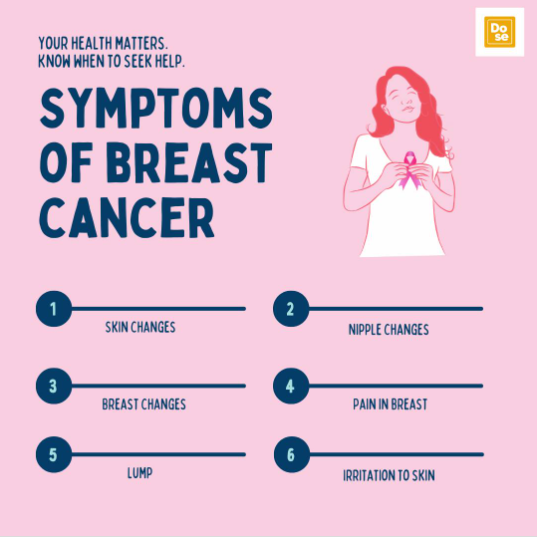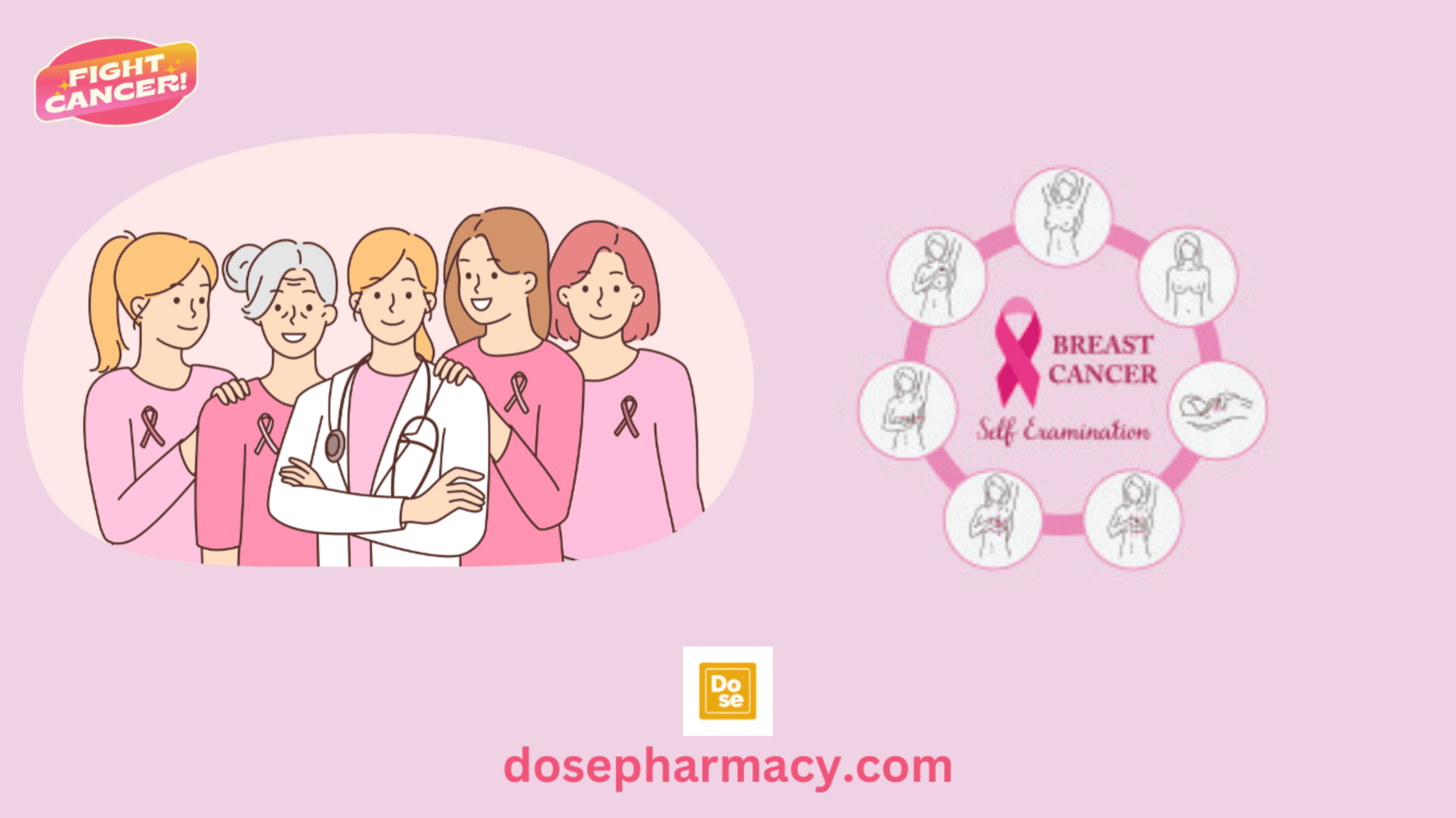Breast cancer(Mammary Cancer) is one of the most common cancers worldwide, particularly affecting women, though it can also occur in men. The idea that someone could have breast cancer and not know may seem alarming, but it’s more common than you might think. Breast cancer can often remain silent, progressing without any noticeable symptoms. You can buy raloxifene online to prevent the risk of breast cancer. This blog explores the silent nature of breast cancer, why it might go unnoticed, and how early detection can save lives.
Understanding Breast Cancer: The Silent Intruder
Breast cancer occurs when cells in the breast tissue grow uncontrollably. There are different types, including invasive and non-invasive (in situ) cancers. The silent nature of breast cancer primarily depends on its type, size, location, and stage.
Early-stage Mammary cancer, such as ductal carcinoma in situ (DCIS), is often asymptomatic. These cancers are confined to the milk ducts and haven’t invaded surrounding tissue. Similarly, some slow-growing types, like certain forms of invasive lobular carcinoma, can develop without causing noticeable changes in the breast for years.
Why Breast Cancer May Go Unnoticed?
1. Lack of Symptoms in Early Stages
Breast cancer in its early stages often doesn’t cause pain or noticeable lumps. Changes in breast tissue might be subtle and easily dismissed. Unlike infections or injuries, cancer doesn’t necessarily trigger an immediate immune response, allowing it to progress quietly.
2. Misinterpreted Symptoms
Even when symptoms do appear, they can be vague or misinterpreted. For instance:
- A slight thickening of the breast tissue may feel like normal hormonal changes.
- A change in breast shape or size might be attributed to aging, weight fluctuations, or menstruation.
- Skin dimpling or redness might be mistaken for a skin irritation or rash.
3. Dense Breast Tissue
Dense breast tissue is a significant factor in undetected Mammary cancer. On a mammogram, dense tissue appears white, just like cancer, making it harder to spot abnormalities. Women with dense breasts are also at a higher risk of developing breast cancer.
4. Delayed Screening
Many cases of breast cancer go unnoticed due to a lack of regular screenings. Fear, lack of access to healthcare, or a belief that they are not at risk can lead individuals to delay mammograms or clinical breast exams.
5. No Family History
A common misconception is that only those with a family history of breast cancer are at risk. In reality, most Mammary cancer cases occur in individuals with no familial link, leading many to underestimate their vulnerability.
Real-Life Stories: A Wake-Up Call
Consider the story of Sarah (name changed for privacy), a 42-year-old mother of two. Sarah was busy balancing her career and family life, ignoring a faint thickening in her breast. She assumed it was hormonal. A routine mammogram years later revealed early-stage Mammary cancer. Thankfully, it was treatable, but her story underscores how easily symptoms can be overlooked.
On the other hand, 60-year-old Mark never imagined he could develop breast cancer. Men account for about 1% of breast cancer cases. Mark noticed a painless lump near his nipple but ignored it until it became sore. His diagnosis of advanced-stage breast cancer shocked him and those around him.
The Role of Regular Screening
The key to combating the silent nature of breast cancer lies in early detection. Regular screenings, including mammograms, ultrasounds, and clinical exams, are vital, especially for those over 40 or at higher risk due to genetic predisposition or lifestyle factors.
How Screenings Help
- Detecting Invisible Changes: Mammograms can detect tumors too small to be felt.
- Spotting Early Indicators: Imaging can reveal microcalcifications or abnormal tissue patterns.
- Improving Outcomes: Early detection significantly increases survival rates and treatment options.
Healthcare guidelines recommend annual mammograms for women aged 40 and older, but younger individuals with risk factors may also need earlier screenings.
Recognizing the Subtle Signs

While breast cancer can be silent, some signs, however faint, should never be ignored:
- Unexplained lumps or thickening in the breast or underarm
- Persistent pain in one area of the breast
- Changes in nipple appearance or discharge
- Unusual changes in breast size, shape, or texture
- Swelling or redness that doesn’t subside
If you notice any of these signs, consult a healthcare professional immediately. He will give prescriptions online from dosepharmacy.
Breaking the Silence: Awareness and Action
Awareness campaigns, like Breast Cancer Awareness Month, have played a crucial role in educating the public. However, the stigma and fear surrounding cancer can still lead to silence and inaction. Open conversations, accessible information, and supportive communities are vital in encouraging people to take charge of their health.
The Role of Genetics
Genetic testing can help identify mutations like BRCA1 and BRCA2, which significantly increase breast cancer risk. Knowing your genetic profile empowers you to take preventive steps, such as enhanced screening or lifestyle changes.
Lifestyle Choices
While some risk factors like age and genetics are beyond our control, others can be managed:
- Maintain a healthy weight
- Limit alcohol intake
- Stay physically active
- Avoid smoking
- Eat a balanced diet rich in fruits, vegetables, and whole grains
The Hope of Early Detection
Modern advancements in breast cancer research and technology are transforming how we approach this disease. Techniques like 3D mammography, MRI scans, and molecular testing have improved diagnostic accuracy. New treatments, such as targeted therapies and immunotherapies, offer hope for better outcomes, even in advanced cases.
Conclusion
Yes, someone can have breast cancer and not know it, but that doesn’t mean the disease is undefeatable. Awareness, regular screenings, and early action are our best defenses. Don’t wait for symptoms to become severe. Prioritize routine check-ups and educate yourself about the risks.
By staying vigilant and proactive, we can reduce the chances of breast cancer silently taking root. Remember, early detection isn’t just a medical term; it’s a life-saving reality. If this blog inspires even one person to schedule a mammogram or seek medical advice, it will have served its purpose.
Take charge of your health today—because your life is worth it.




